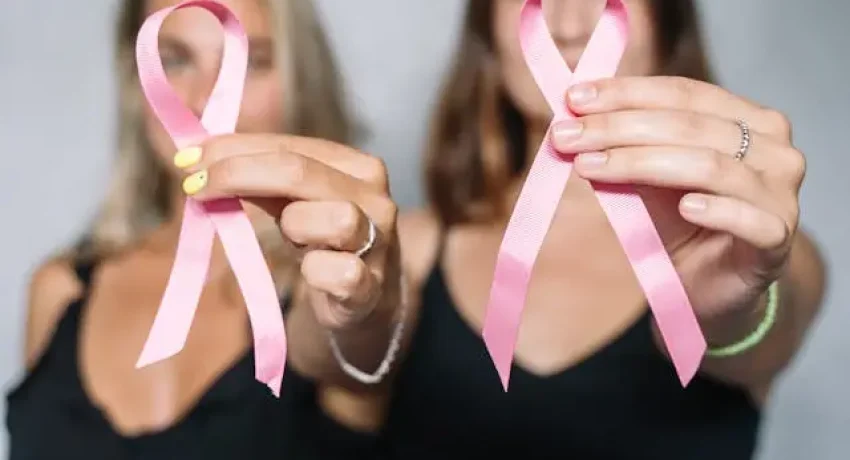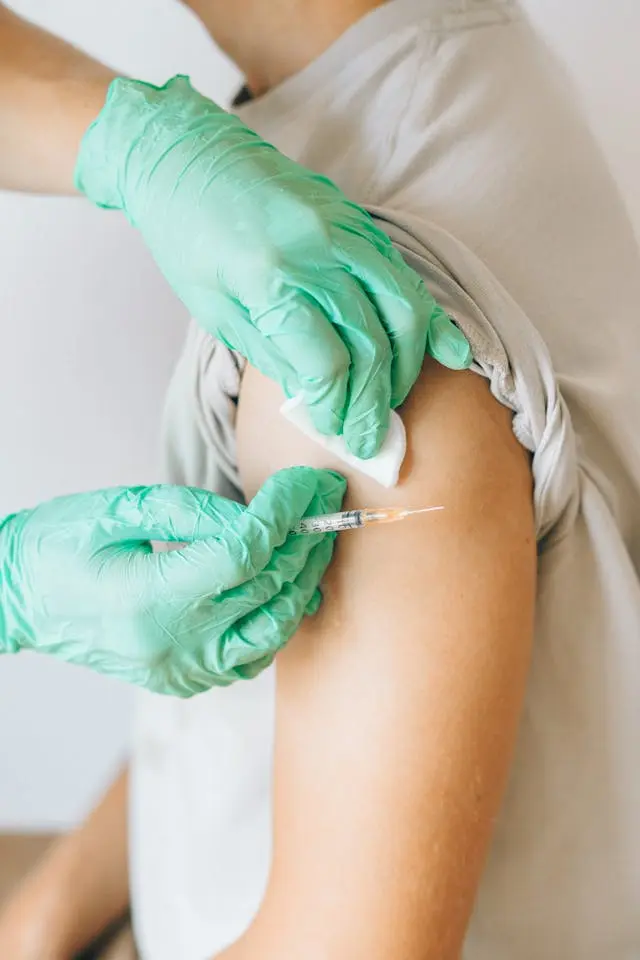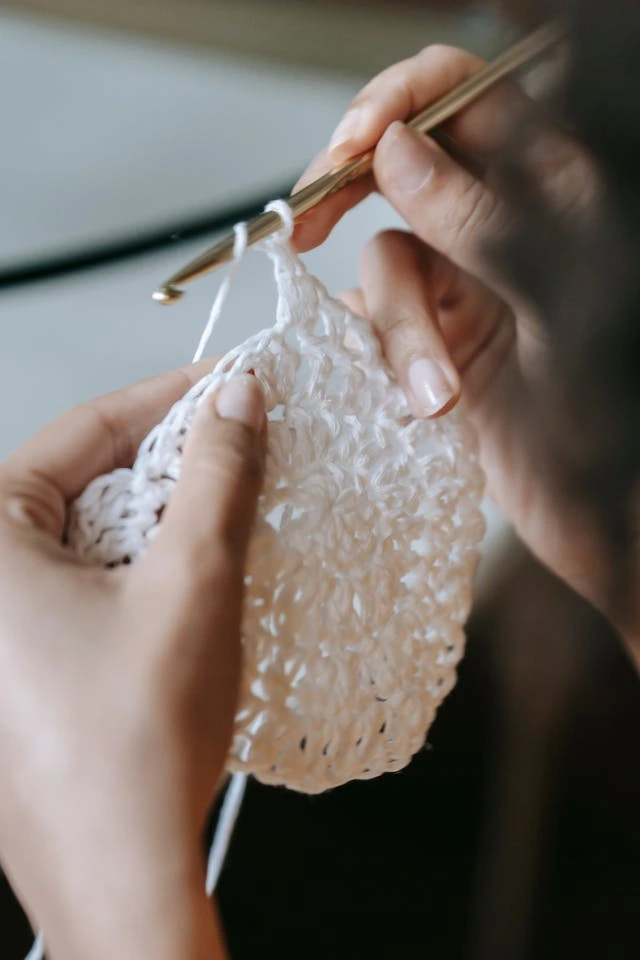NEW BREAST CANCER PROGRAM SAVES LIVES THROUGH EXERCISE
In a groundbreaking move set to reshape cancer care in 2025, researchers have unveiled a revolutionary program that matches breast cancer patients with personalized exercise and rehabilitation plans—dramatically improving survival and recovery outcomes. This initiative, known as the Comprehensive Oncology Rehabilitation and Exercise (CORE) program, proves that movement is more than medicine—it’s a lifeline.
REWRITING CANCER CARE WITH MOVEMENT
Traditionally, cancer treatment has focused almost exclusively on surgery, chemotherapy, and radiation. But today, medical science confirms that targeted physical activity plays a crucial role in survival and post-treatment quality of life.
The CORE program, developed at the University of Utah’s Huntsman Cancer Institute, systematically evaluates each patient’s condition and assigns them to a tailored fitness and rehab pathway. Whether self-led exercises, hospital-based workouts, or formal rehabilitation, every plan is designed with one goal: to restore strength and extend life.
And the results? Nothing short of stunning.
THE SCIENCE BEHIND THE STATS
The study, published April 28, 2025, in the journal Cancer, involved 72 breast cancer patients randomly assigned to either the CORE program or standard post-surgical care. Over 24 weeks, the outcomes were measured—and the contrast was stark.
- 93% of patients in the CORE group completed their assessment
- 62% followed through with the program recommendations
- 41% reduction in all-cause mortality risk
- 31% lower risk of death from breast cancer itself
These aren’t just numbers—they’re milestones. They signify real women living longer, moving better, and healing faster.
BEYOND SURVIVAL: HEALING THE WHOLE BODY
Breast cancer treatments are notorious for their harsh side effects—nerve damage, limited shoulder movement, crushing fatigue. Traditional care has often overlooked these complications, leaving survivors to suffer in silence.
But CORE changes that. Patients in the program received specialized rehabilitation to directly address these symptoms. The result? Tangible, functional recovery.
Women who completed the rehab reported greater energy levels, improved mobility, and a renewed sense of control over their health.
“Exercise and rehab helped me feel like myself again,” said one patient. “It gave me hope when I needed it most.”
This mirrors the overwhelming feedback gathered during the study, where participants consistently praised the program for alleviating post-treatment symptoms and enhancing their overall quality of life.
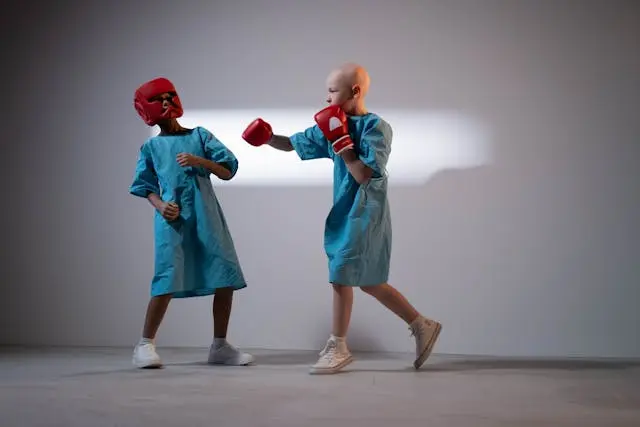
A NEW STANDARD FOR CANCER RECOVERY
The CORE framework could soon be the model for national and international standards in oncology care. In fact, it aligns with current efforts led by the American College of Sports Medicine, which has long advocated for integrating exercise into cancer treatment protocols.
With the success of CORE, there’s now a proven algorithm and triaging tool available for clinics worldwide. Even those without dedicated exercise departments can adopt the model in coordination with national directories like the “Moving Through Cancer” initiative.
This means that no matter where a woman is treated, she can access the benefits of oncology rehabilitation.
2025: THE YEAR EXERCISE BECAME ESSENTIAL MEDICINE
This isn’t just another wellness trend. This is evidence-based, medically-backed, life-saving intervention.
In 2025, breast cancer remains the most commonly diagnosed cancer among women worldwide, with over 2.3 million new cases reported annually. Despite advances in early detection and treatment, the global death toll exceeds 670,000 each year.
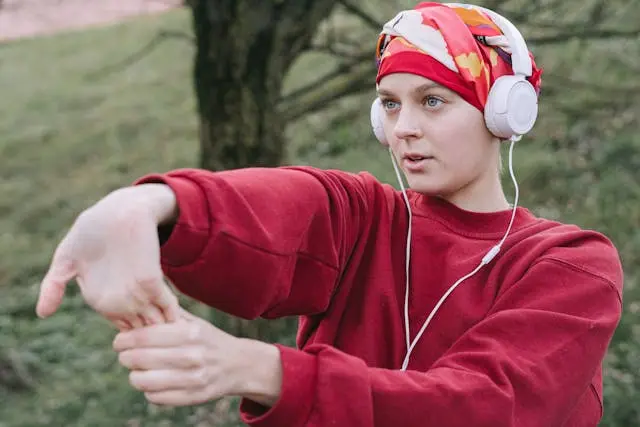
The integration of exercise into treatment offers a path forward.
- Regular physical activity during and after treatment reduces inflammation, boosts immune response, and counteracts muscle loss.
- Exercise improves mental health, decreasing depression and anxiety, which affect nearly half of all cancer patients.
- Targeted rehab restores function, enabling survivors to return to daily activities—and even work—sooner.
And critically, this is not a one-size-fits-all program. CORE personalizes care based on each patient’s cancer stage, fitness level, treatment type, and existing limitations. It’s precision medicine, applied through movement.
EMPOWERING WOMEN THROUGH ACTION
Cancer strips away a lot—confidence, identity, physical strength. But programs like CORE offer women a way to fight back, on their own terms.
Instead of being passive recipients of care, participants become active agents in their recovery, reclaiming power with every stretch, lift, and stride.
This empowerment translates beyond the clinic. Women who engage in regular exercise during treatment report a 45% higher likelihood of maintaining a positive outlook, critical for long-term healing.
BRINGING CORE TO EVERY CLINIC
One of the most exciting aspects of CORE is its scalability. Clinics across the globe can adopt its methodology without costly equipment or staff overhauls.
A basic implementation requires:
- A digital or print version of the CORE assessment tool
- Access to a national or regional exercise rehab directory
- Coordination between oncologists, physiotherapists, and fitness trainers
- Training on triage protocols based on cancer stage and symptom severity
In fact, the success of CORE has already sparked discussions about integrating its framework into national health policies and insurance reimbursement plans in the U.S., U.K., and Australia.
WHAT COMES NEXT?
The positive ripple effects of the CORE study will be felt for years to come. Already, plans are underway to expand the research to include patients with ovarian, lung, and colorectal cancers, all of whom suffer similar physical setbacks during treatment.
Researchers are also exploring digital versions of CORE, including mobile apps and wearable tech integrations to monitor patients’ progress remotely—especially crucial in rural or underserved communities.
THE BOTTOM LINE
The message is clear: exercise is not optional for cancer patients—it’s essential. With a 41% drop in all-cause mortality and dramatic improvements in quality of life, the data speaks louder than any campaign ever could.
CORE has shown us a better way to care for women with breast cancer. Now it’s time to scale it, support it, and make it available to every woman, everywhere.
Published on ecombyz – Your source for innovative health tech and wellness breakthroughs.


